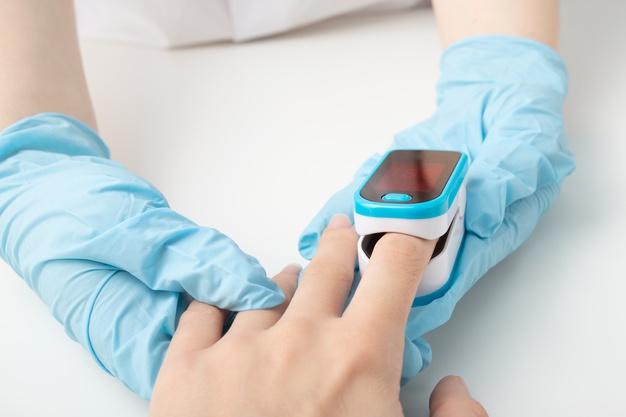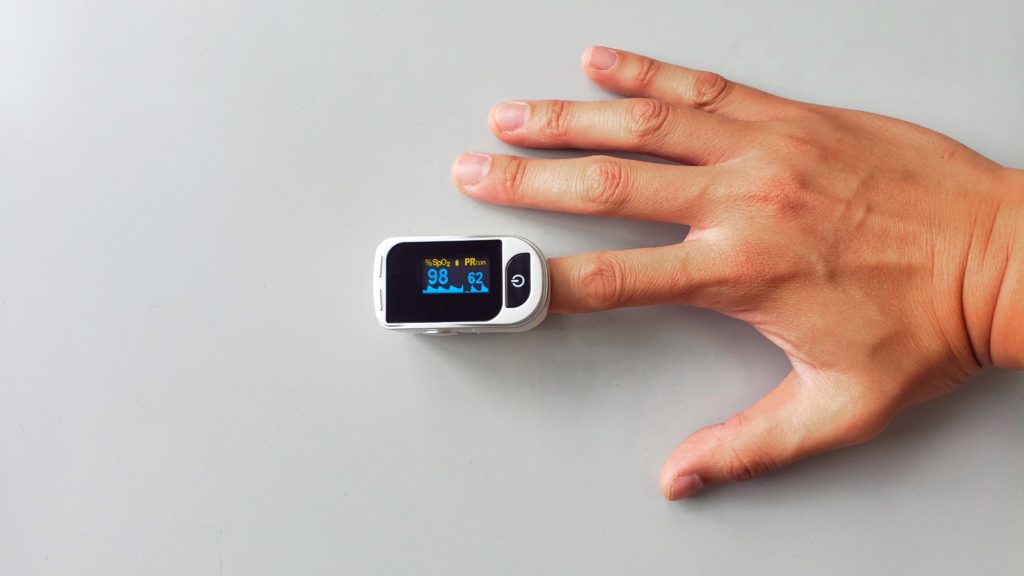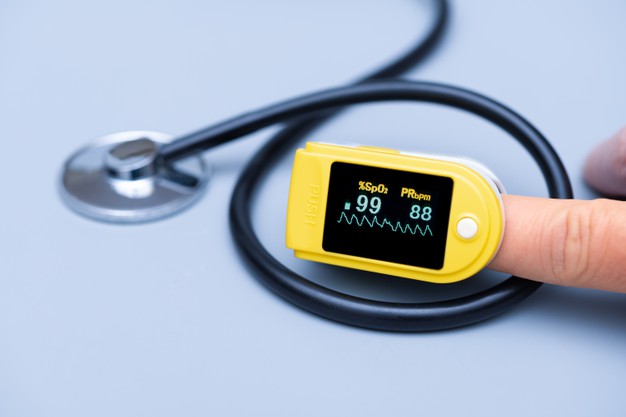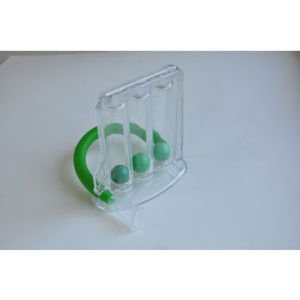If you are in the high-risk category for COVID-19 or home-quarantine after testing positive, a pulse oximeter is worth investing in.
Pragnya Rao August 18, 2020 12:03:58 IST/ firstpost.com

The number of new coronavirus cases in India continues to rise by the day. The healthcare system is overburdened with the consequences of the COVID-19 pandemic — not just for those infected but also for managing various non-COVID conditions and emergencies. Doctors are devoting time to the frontline and are being available online to tend to patients. So it must be our duty at this critical time to stay informed and safe at home – do us but to help flatten the curve.
As cases surge, more people are sensitized to terms like ‘oxygen saturation’ and ‘pulse oximeter’ in the context of COVID-19 infection. The virus that causes COVID-19, called SARS-CoV-2, causes a respiratory illness where patients often complain of shortness of breath and chest tightness apart from fever, cough, and fatigue, among other symptoms.
What is oxygen saturation or SpO2?
Hemoglobin is a protein in the blood that carries oxygen to cells of the body. This process is essential to ensure the proper functioning of organs and tissues. Any deficiency of oxygen can adversely affect the different organ systems that keep our body functioning normally.
Oxygen saturation (also called SpO2) is a fraction of the oxygen-saturated hemoglobin, compared to the total hemoglobin in the blood.
haemoglobin, compared to the total haemoglobin in the blood.
The normal values of SpO2 range from 92 to 100 percent. For a healthy person, SpO2 values usually fall between 94-96 percent. However, a value below 90 percent during a COVID-19 outbreak could indicate low oxygen level, a condition known as hypoxemia. Hypoxemia is a symptom that, irrespective of the cause, can lead to multiple issues like organ failure and cardiac arrest if not treated early.

What is a pulse oximeter?
A pulse oximeter is a non-invasive device that measures oxygen levels in the blood. It works by using infrared rays to measure the amount of oxygen (blood gas) present in the capillaries, most commonly in the fingertips.
Pulse oximeters usually need a fingertip to be inserted into the device and held there for 6-10 seconds. The values of SpO2 and pulse rate are displayed on the device.
Having dark nail-polish or cold extremities can show lower values of SpO2 than they actually are, so it is advised to remove any nail polish to avoid interference with the accuracy of the measurement.
Low SpO2 – how can a pulse oximeter help?
There are many reasons why one could have low oxygen saturation. A low SpO2 is seen in patients who are suffering from respiratory distress, COPD, asthma, and anemia, among others.
In some patients who have tested positive for COVID-19, the infection can lead to fluid-filled air sacs, which in turn can lead to pneumonia. This translates to respiratory distress, where the patient experiences shortness of breath, chest pain, rapid heartbeat, etc.
Some patients may have low oxygen saturation and still have no symptoms.
Asymptomatic patients who have been found to have COVID-19 may be unaware of the SpO2 depletion if they can breathe just fine. Moreover, some might experience confusion and even feel euphoric, which cannot be directly linked to oxygen deprivation. This is being commonly dubbed as ‘Happy Hypoxia.’ A gradual drop in oxygen saturation has been noticed in COVID positive patients. This has, in turn, brought forward the importance of a pulse oximeter.
The takeaway
If you are in the high-risk group (people with diabetes, hypertension, heart disease, etc.) or home-quarantined after testing positive for COVID-19, it would be a good idea to have a pulse oximeter with you. If the SpO2 levels are dropping below 90 percent, you will need hospitalization and inhalational oxygen as part of your treatment.
You do not need a prescription to buy a pulse oximeter. This simple device could potentially save a life and alleviate panic around such situations. If you have any flu-related symptoms, make sure that you isolate yourself at home and consult doctors online as soon as possible.
Keeping yourself informed about your health during these testing times can contribute to the well-being of you and your family.
Dr. Pragnya Rao is a General Physician & Medical Content Reviewer at MFine.





